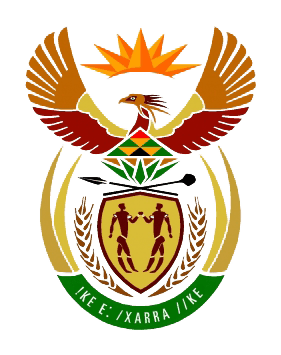
by Ria Olivier | Dec 2, 2025 | Announcement, Research, SANAP, SCAR, Science
 The South African National Antarctic Programme (SANAP) is pleased to share an exciting update from the Scientific Committee on Antarctic Research (SCAR). The international Antarctic research community is preparing to gather for one of the most anticipated events in polar science: the 12th SCAR Open Science Conference, taking place 8–19 August 2026 in Oslo, Norway. Hosted by SCAR in partnership with the Norwegian Polar Institute, the conference will be held at the centrally located Clarion Hotel – The Hub, bringing together researchers, students, policy makers, and partners from across the globe under the theme:
The South African National Antarctic Programme (SANAP) is pleased to share an exciting update from the Scientific Committee on Antarctic Research (SCAR). The international Antarctic research community is preparing to gather for one of the most anticipated events in polar science: the 12th SCAR Open Science Conference, taking place 8–19 August 2026 in Oslo, Norway. Hosted by SCAR in partnership with the Norwegian Polar Institute, the conference will be held at the centrally located Clarion Hotel – The Hub, bringing together researchers, students, policy makers, and partners from across the globe under the theme:
SCAR2026: “Diving into Antarctic Science – Making Waves for the Future”
Call for Abstracts — Deadline 28 February 2026 (23:59 UTC) – In the spirit of collaboration and scientific discovery, SCAR has officially opened the call for abstracts for the 2026 conference. Researchers are encouraged to submit abstracts by 28 February 2026 at 23:59 UTC. This is a valuable opportunity for the SANAP community to showcase cutting-edge Antarctic research and engage with colleagues working across a range of disciplines.
SUBMIT ABSTRACT
A Diverse and Dynamic Scientific Programme: The 2026 parallel session programme features 50 sessions spanning; Physical Sciences, Geosciences, Life Sciences, Humanities and Social Sciences and Cross-disciplinary themes. With this breadth of topics, the programme promises to highlight both disciplinary excellence and interdisciplinary innovation.
Explore the full session list here
First Circular Now Available. It provides important details, including Key conference dates, Conference structure, Travel guidance for visiting Oslo and Norway, Venue information, Exhibition and sponsorship opportunities. 📄 Download the First Circular.
Stay Informed. Visit scar2026.org for: Full programme details, Organising committee information, Partners, Sponsors, Travel and practical information. The website will be continuously updated as planning progresses.
Important Dates to Bookmark
| Date |
Event |
| 31 January 2026 |
Call for satellite events closes |
| 28 February 2026 |
Abstract submission closes |
| February 2026 |
Early-bird registration opens |
| 8–9 & 16 August 2026 |
Business meetings & satellite events |
| 10–14 August 2026 |
12th SCAR Open Science Conference |
| 15 August 2026 |
Science Group Business Meetings |
| 17–19 August 2026 |
SCAR Delegates Meeting |
SANAP encourages all South African polar researchers — established and emerging — to participate actively in SCAR2026. Let’s ensure that South Africa continues to make meaningful contributions to global Antarctic science and collaboration.
We look forward to seeing many SANAP scientists represented in Oslo!

by Ria Olivier | Dec 1, 2025 | Antarctica, International Days, SANAP, SCAR
Honouring South Africa’s Place in the Antarctic Treaty and Our Shared Polar Heritage
 Every year on 1 December, the global Antarctic community pauses to celebrate International Antarctica Day—a tribute to the signing of the Antarctic Treaty in 1959. For the Antarctic Legacy of South Africa (ALSA), this day holds special significance. It is a moment to reflect on South Africa’s historic and ongoing contributions to the protection, research, and preservation of the frozen continent.
Every year on 1 December, the global Antarctic community pauses to celebrate International Antarctica Day—a tribute to the signing of the Antarctic Treaty in 1959. For the Antarctic Legacy of South Africa (ALSA), this day holds special significance. It is a moment to reflect on South Africa’s historic and ongoing contributions to the protection, research, and preservation of the frozen continent.
A Treaty That Changed the World: In the aftermath of the International Geophysical Year, representatives from twelve nations met in Washington between 1958 and early 1959 to craft a treaty that would safeguard Antarctica for peaceful and scientific purposes. Their work culminated on 1 December 1959, when the Antarctic Treaty was signed by: Argentina, Australia, Belgium, Chile, France, Japan, New Zealand, Norway, South Africa, the USSR, the United Kingdom, and the United States. The Treaty entered into force on 23 June 1961, establishing these nations as the original Consultative Parties—a group entrusted with stewardship of Antarctica.
 Core Principles of the Antarctic Treaty: Over the decades, the Treaty has expanded into the Antarctic Treaty System, a comprehensive framework guiding environmental protection, science, and international collaboration. The Antarctic Treaty is built on 14 articles that ensure:
Core Principles of the Antarctic Treaty: Over the decades, the Treaty has expanded into the Antarctic Treaty System, a comprehensive framework guiding environmental protection, science, and international collaboration. The Antarctic Treaty is built on 14 articles that ensure:
- Peaceful use only: Antarctica is dedicated to peace; no military bases, manoeuvres, weapons testing, or nuclear activities are allowed.
- Freedom of scientific research: Scientific investigation, cooperation, and exchange of information, personnel, and results are at the heart of Antarctic activity.
- No sovereign claims: Territorial claims are neither recognised nor disputed, and no new claims may be made.
The Madrid Protocol – Protecting a Natural Reserve. – One of the most important developments within this system is the Protocol on Environmental Protection, commonly known as the Madrid Protocol. This landmark agreement declares Antarctica a “natural reserve devoted to peace and science.” All consultative members—South Africa included—commit to responsible environmental management, ensuring minimal impact from human activity.
South Africa’s Role in Antarctica. As the only African nation represented in the Antarctic Treaty System, South Africa’s engagement carries continental importance. From early explorers and overwintering teams to modern scientists and support personnel, South Africans have played a vital role in shaping the human story of Antarctica. Our contributions include:
- Decades of scientific research at SANAE and earlier stations
- A long tradition of logistical support for international science programmes
- The preservation of heritage, photographs, stories, and documents through ALSA
- Continued commitment to environmental protection under the Treaty’s principles
Celebrating Our Shared Legacy. On this International Antarctica Day, ALSA celebrates the vision of the 12 nations who signed the Antarctic Treaty—and South Africa’s proud position among them. The Treaty remains a rare symbol of global cooperation, scientific freedom, and peaceful governance. Antarctica belongs to no one, yet it is cared for by many.
 As we look to the future, ALSA remains dedicated to preserving the legacy of South Africa’s Antarctic journey for generations to come.
As we look to the future, ALSA remains dedicated to preserving the legacy of South Africa’s Antarctic journey for generations to come.

by Ria Olivier | Nov 25, 2025 | Research, SANAP, SANAP Student, Science
16–19 November | Kwalata Game Lodge, North West Province
 The 7th South Africa National Antarctic Programme (SANAP) Research Symposium brought together the nation’s polar research community for four days of learning, connection and inspiration. Hosted and organised by Prof Bettine van Vuuren (University of Johannesburg), Prof Werner Nel (Fort Hare University) and Dr Liezel Rudolph (University of Free State) this year’s gathering took place at the Kwalata Game Lodge, offering a truly South African setting for discussions focused on some of the planet’s coldest and most remote regions.
The 7th South Africa National Antarctic Programme (SANAP) Research Symposium brought together the nation’s polar research community for four days of learning, connection and inspiration. Hosted and organised by Prof Bettine van Vuuren (University of Johannesburg), Prof Werner Nel (Fort Hare University) and Dr Liezel Rudolph (University of Free State) this year’s gathering took place at the Kwalata Game Lodge, offering a truly South African setting for discussions focused on some of the planet’s coldest and most remote regions.
Inspiring Informal Talks – Two invited talks set the tone for an engaging and reflective symposium: David Hedding shared insights from the Prince Edward Island Expedition 2023, taking attendees into the rugged and scientifically rich sub-Antarctic. Pete Convey delivered a heartfelt reflection on “How did that happen? Four decades as a cold ecologist”, offering wisdom accumulated over a remarkable career in polar science.
Research Sessions: Advancing Polar Knowledge. Across multiple sessions, principal investigators presented updates on SANAP-supported research, revealing the depth and breadth of South Africa’s contribution to Southern Ocean and Antarctic science.
- Sub-Antarctic & Marion Island Research
- Saving Marion Island’s seabirds – Mouse-Free Marion Project
- Marion Island mouSe Ecology (MISE)
- Impact of mouse eradication on the Marion Island bird community
- Climate change impacts on Southern Ocean seabirds
- DFFE Top Predator Research
- Top predator ecology and ecosystem connections
- Southern Ocean Biogeochemistry & Climate
- Southern Ocean Carbon-Heat Nexus: Mixed-layer processes and climate feedbacks
- Micronutrient and pollutant trace elements at the air–sea interface
- Decoding the mercury cycle through in situ observations and modelling
- ECOSOPHY: Emergent constraints on Southern Ocean phytoplankton
- The biological carbon pump in a changing Southern Ocean
- Atmosphere, Space & Geophysics
- SuperDARN radar advances
- Polar space weather studies
- Mechanical and physical properties of Antarctic sea ice
- Antarctic Marginal Ice Zone (MIZ) and seasonal variability
- SAMOC and ACC long-term monitoring
- Structural glaciology of the north-western Antarctic ice shelves (SANAS)
- Provenance & paleomagnetics of Grunehogna Craton rocks
- Ecology, Genomics & Humanity in the Polar Regions
- Ecogenomics developments
- Modelling wind patterns and ecological impacts
- Landscape–climate interactions in the sub-Antarctic
- Whale Unit research updates
- The Marion Island Hut Book Project
- Antarctic Legacy of South Africa (ALSA)
- South African Antarctic Artists & Writers Programme
- Vessels and Biosecurity & Infrastructure
- SA Agulhas II – Flagship for Vessel (4.0), Part II
- Safeguarding biodiversity through SANAP biosecurity practices
Strategic Vision for the Future: The final day concluded with two forward-looking presentations and it emphasized SANAP’s growing impact on national priorities, global science, and South Africa’s leadership in polar stewardship.
- Dr Gilbert Siko: Antarctic and Southern Ocean Research – The Contribution to Innovation & Socio-Economic Development in South Africa
- Tracy Klarenbeek: Marine and Antarctic Research Strategy 2026–2036: Southern Ocean and Antarctic Research Plan
Building Community – Mentorship, Fun & Shared Moments. Beyond the science, the symposium celebrated community:
- A fun-filled evening hosted by APECSSA brought mentors and mentees together for quiz challenges and bingo, strengthening networks across generations.
- Mealtimes—shared breakfasts, lunches and dinners—provided space for collaboration and new friendships.
- Participants enjoyed the quiet beauty of Kwalata with game drives, wildlife sightings, and peaceful bushveld walks.
 Here, beneath the wide African sky, researchers working from the Southernmost ice to Africa’s beating heart gathered to exchange knowledge, protect ecosystems, and shape a collective future for polar science.
Here, beneath the wide African sky, researchers working from the Southernmost ice to Africa’s beating heart gathered to exchange knowledge, protect ecosystems, and shape a collective future for polar science.
A heartfelt thank you goes to the 7th SANAP Research Symposium Organising Committee for creating an inspiring, seamless and memorable gathering.
The 2026 symposium once again reflected SANAP’s strength: a passionate, collaborative community committed to understanding and safeguarding the Antarctic, Southern Ocean and sub-Antarctic regions—regions crucial to the wellbeing of our planet.
Until next time, we continue the work, inspired and united.
Group photo: Annette Ford

by Ria Olivier | Nov 12, 2025 | Announcement, Research, SANAP, SCAR, Science
Recognising Excellence in Antarctic Research and Service
The Scientific Committee on Antarctic Research (SCAR) plays a pivotal role in advancing knowledge of the Antarctic and Southern Ocean. A cornerstone of this mission is the recognition of excellence — celebrating researchers and contributors whose work and service embody the spirit of international cooperation and scientific discovery in the Antarctic community.
 Honouring Outstanding Contributions
Honouring Outstanding Contributions
To highlight and reward those who exemplify the best of the Antarctic community, SCAR established a series of prestigious medals. These awards celebrate both scientific achievement and dedicated service, serving as an inspiration for the next generation of polar researchers.
Since their inception in 2006, SCAR has awarded:
In 2018, SCAR introduced a third category:
Each of these medals is awarded through a peer-nominated process, ensuring fairness, transparency, and the recognition of true merit. Recipients are selected by an expert committee based on their outstanding contributions to Antarctic research, collaboration, or education and outreach.
The President’s Medal for Outstanding Achievement
In addition to the main medals, SCAR also awards the President’s Medal for Outstanding Achievement. This distinguished honour is presented by the outgoing SCAR President to an individual who has made exceptional contributions to SCAR and the wider Antarctic community during their term.
Call for Nominations — 2026 SCAR Medals
Nominations for the 2026 SCAR Medals are now open!
🗓️ Initial nominations close on 22 March 2026.
This is a unique opportunity to recognise peers who have made remarkable contributions to Antarctic science, coordination, or communication.
For detailed information on the award criteria and selection process, please visit SCAR’s Detailed Information page.

by Ria Olivier | Nov 11, 2025 | Announcement, Research, SANAP, SANAP Student, Science
At the edge of the Earth lies a mirror of our planet — a place where ice tells the story of climate, oceans, and life itself. The South African National Antarctic Programme (SANAP) stands at the forefront of exploring and protecting this frozen world.
This November, the SANAP research community will gather once again for the 7th SANAP Symposium, a meeting of minds, science, and purpose.
Dates: 16–19 November 2025
Venue: Kwalata Game Reserve, South Africa
The Symposium brings together researchers, students, policymakers, and environmental stewards from across disciplines to share discoveries from the Antarctic and Southern Ocean, and to reflect on how they shape our understanding of global change.
From the southernmost ice sheets to Africa’s beating heart, SANAP researchers explore the connections that link polar science to climate, ecosystems, and society. The Symposium offers a unique opportunity to discuss new research, inspire collaboration, and strengthen the community committed to safeguarding the world’s most remote environments.
Join the conversation, connect with fellow explorers of knowledge, and be part of shaping a sustainable polar future.
More information click here
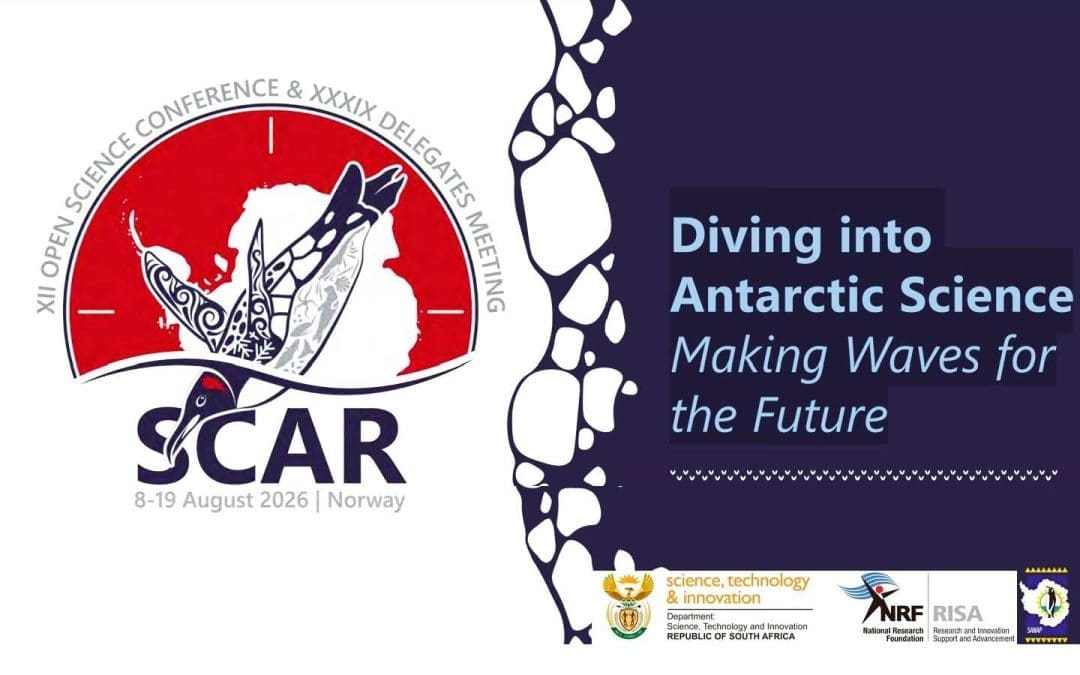
 The South African National Antarctic Programme (SANAP) is pleased to share an exciting update from the Scientific Committee on Antarctic Research (SCAR). The international Antarctic research community is preparing to gather for one of the most anticipated events in polar science: the 12th SCAR Open Science Conference, taking place 8–19 August 2026 in Oslo, Norway. Hosted by SCAR in partnership with the Norwegian Polar Institute, the conference will be held at the centrally located Clarion Hotel – The Hub, bringing together researchers, students, policy makers, and partners from across the globe under the theme:
The South African National Antarctic Programme (SANAP) is pleased to share an exciting update from the Scientific Committee on Antarctic Research (SCAR). The international Antarctic research community is preparing to gather for one of the most anticipated events in polar science: the 12th SCAR Open Science Conference, taking place 8–19 August 2026 in Oslo, Norway. Hosted by SCAR in partnership with the Norwegian Polar Institute, the conference will be held at the centrally located Clarion Hotel – The Hub, bringing together researchers, students, policy makers, and partners from across the globe under the theme: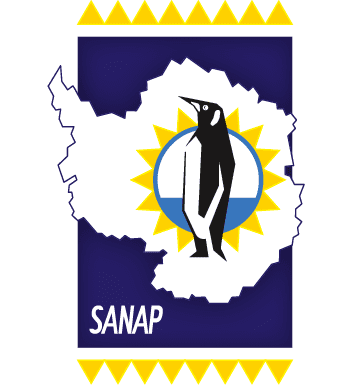

 Every year on 1 December, the global Antarctic community pauses to celebrate International Antarctica Day—a tribute to the signing of the Antarctic Treaty in 1959. For the Antarctic Legacy of South Africa (ALSA), this day holds special significance. It is a moment to reflect on South Africa’s historic and ongoing contributions to the protection, research, and preservation of the frozen continent.
Every year on 1 December, the global Antarctic community pauses to celebrate International Antarctica Day—a tribute to the signing of the Antarctic Treaty in 1959. For the Antarctic Legacy of South Africa (ALSA), this day holds special significance. It is a moment to reflect on South Africa’s historic and ongoing contributions to the protection, research, and preservation of the frozen continent.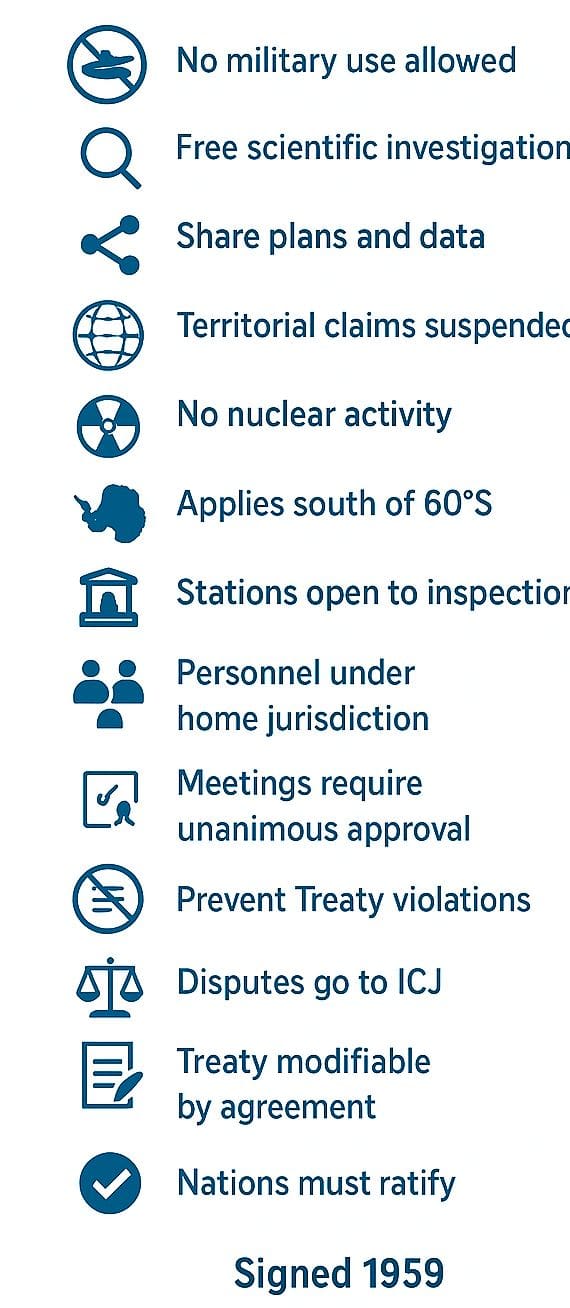 Core Principles of the Antarctic Treaty: Over the decades, the Treaty has expanded into the Antarctic Treaty System, a comprehensive framework guiding environmental protection, science, and international collaboration. The Antarctic Treaty is built on 14 articles that ensure:
Core Principles of the Antarctic Treaty: Over the decades, the Treaty has expanded into the Antarctic Treaty System, a comprehensive framework guiding environmental protection, science, and international collaboration. The Antarctic Treaty is built on 14 articles that ensure: As we look to the future, ALSA remains dedicated to preserving the legacy of South Africa’s Antarctic journey for generations to come.
As we look to the future, ALSA remains dedicated to preserving the legacy of South Africa’s Antarctic journey for generations to come.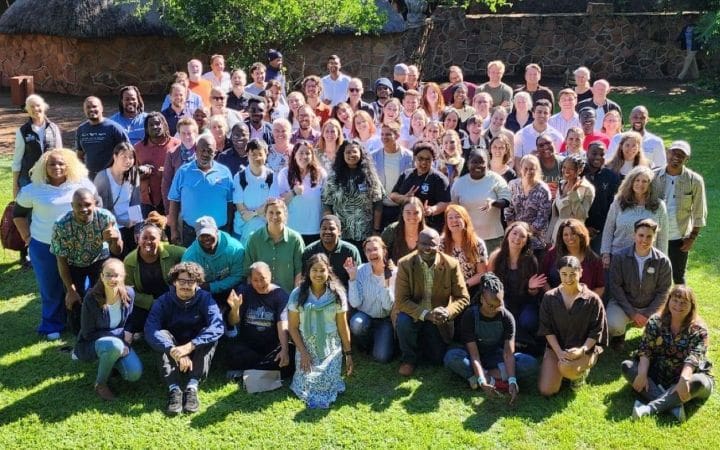
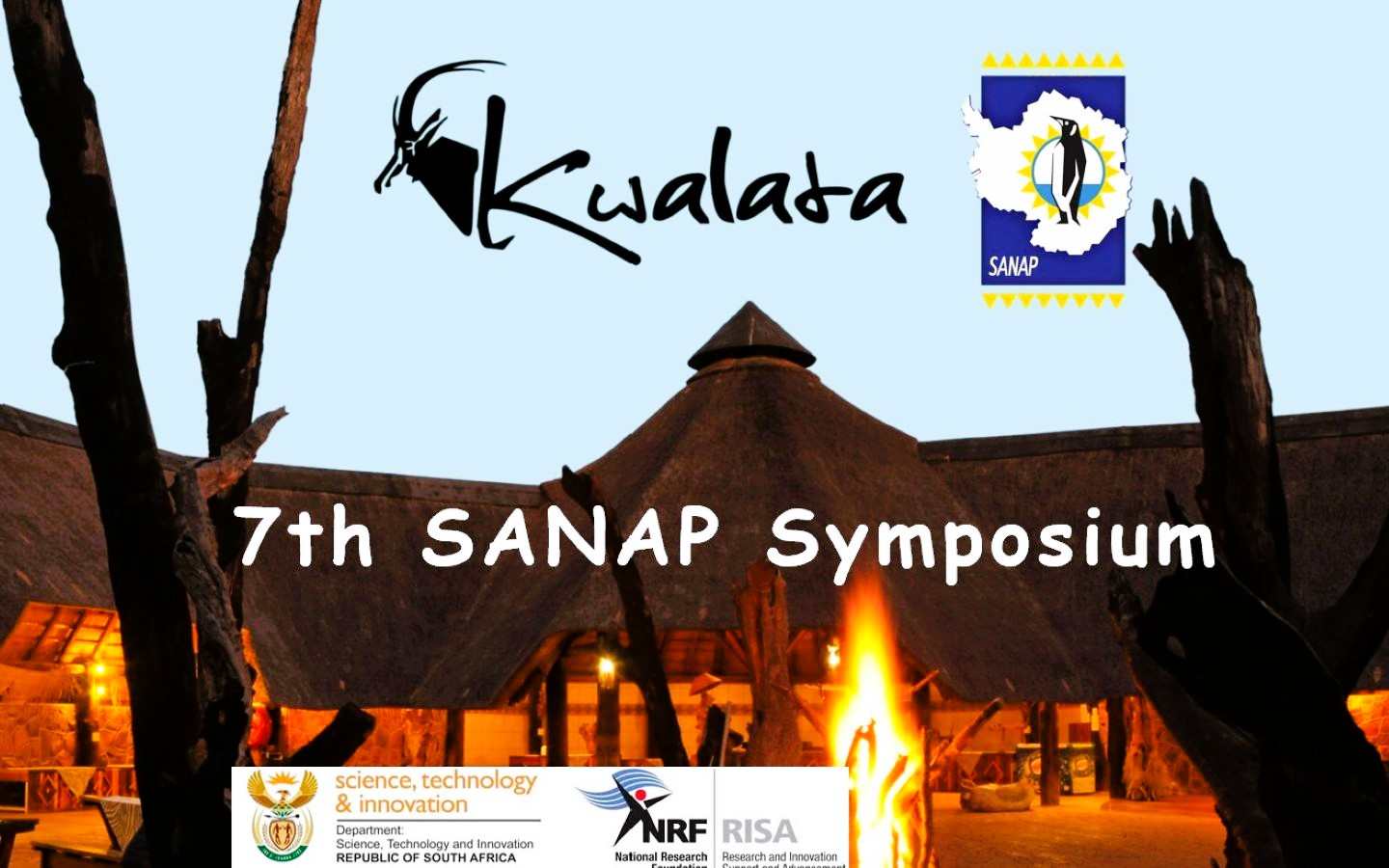 The 7th South Africa National Antarctic Programme (SANAP) Research Symposium brought together the nation’s polar research community for four days of learning, connection and inspiration. Hosted and organised by Prof Bettine van Vuuren (University of Johannesburg), Prof Werner Nel (Fort Hare University) and Dr Liezel Rudolph (University of Free State) this year’s gathering took place at the Kwalata Game Lodge, offering a truly South African setting for discussions focused on some of the planet’s coldest and most remote regions.
The 7th South Africa National Antarctic Programme (SANAP) Research Symposium brought together the nation’s polar research community for four days of learning, connection and inspiration. Hosted and organised by Prof Bettine van Vuuren (University of Johannesburg), Prof Werner Nel (Fort Hare University) and Dr Liezel Rudolph (University of Free State) this year’s gathering took place at the Kwalata Game Lodge, offering a truly South African setting for discussions focused on some of the planet’s coldest and most remote regions.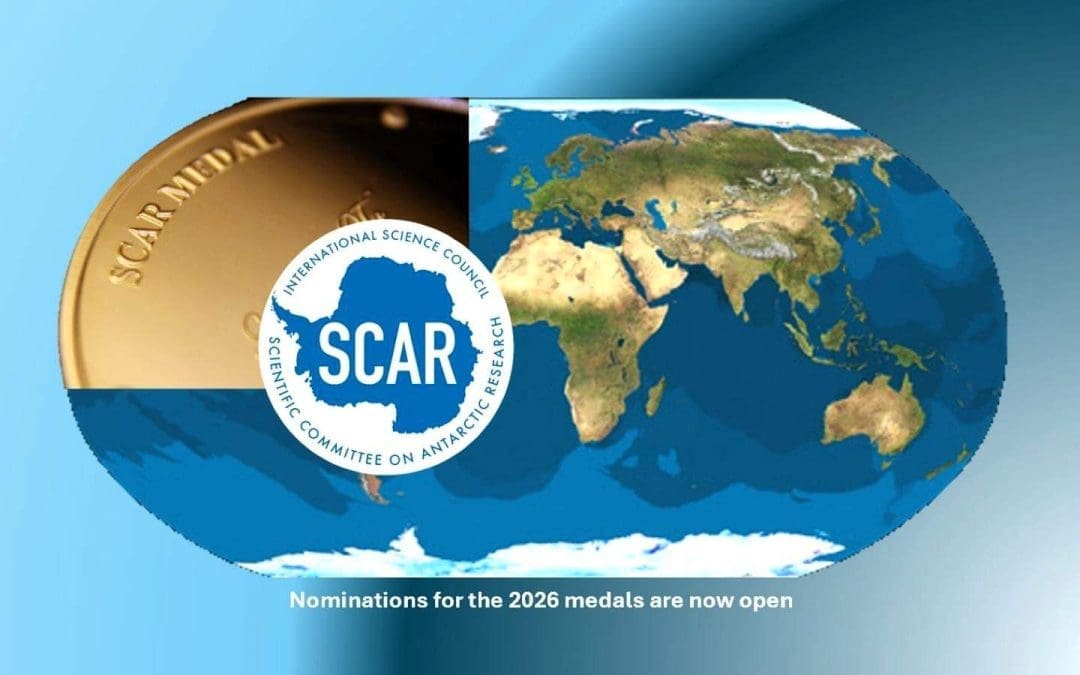
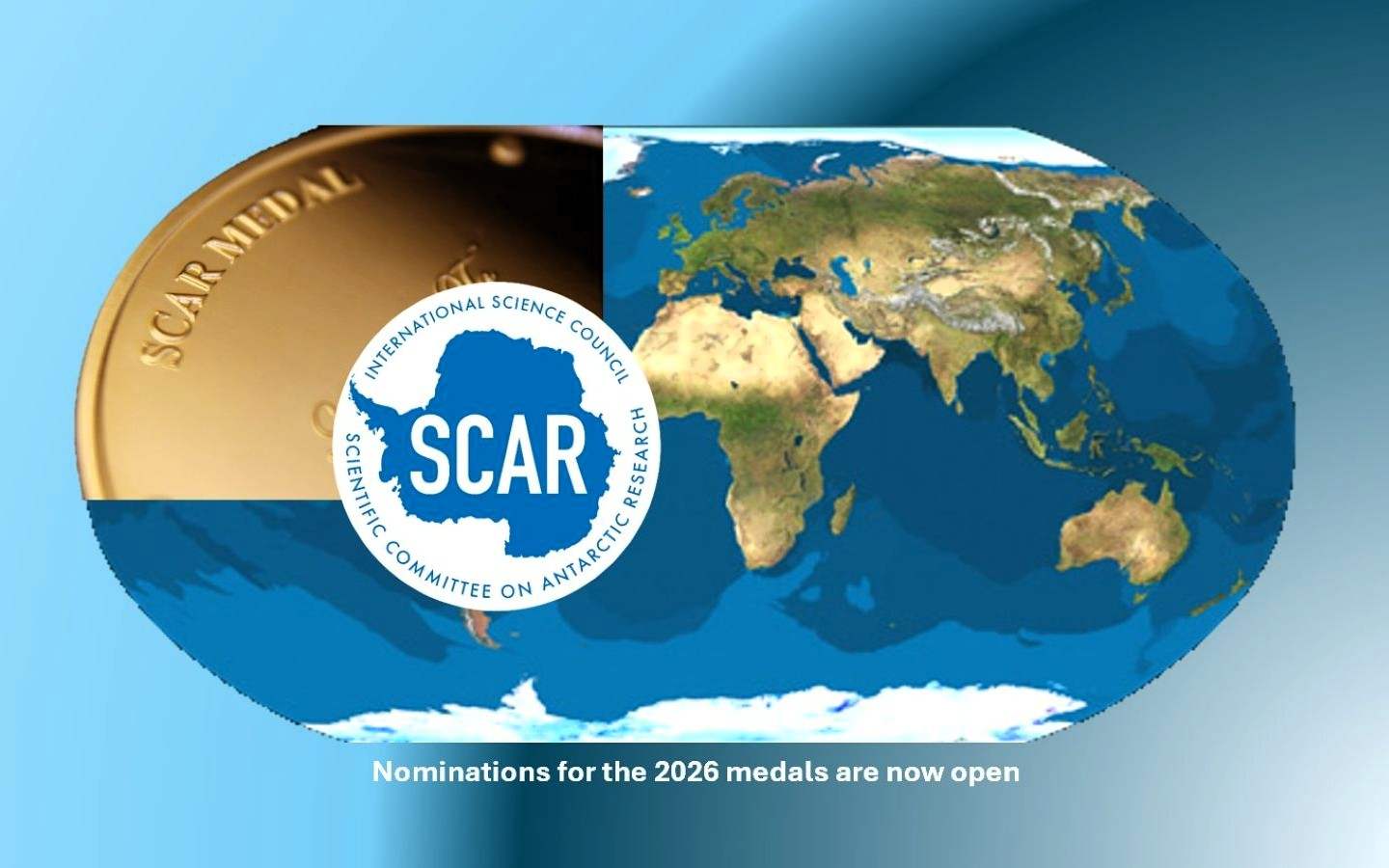 Honouring Outstanding Contributions
Honouring Outstanding Contributions




